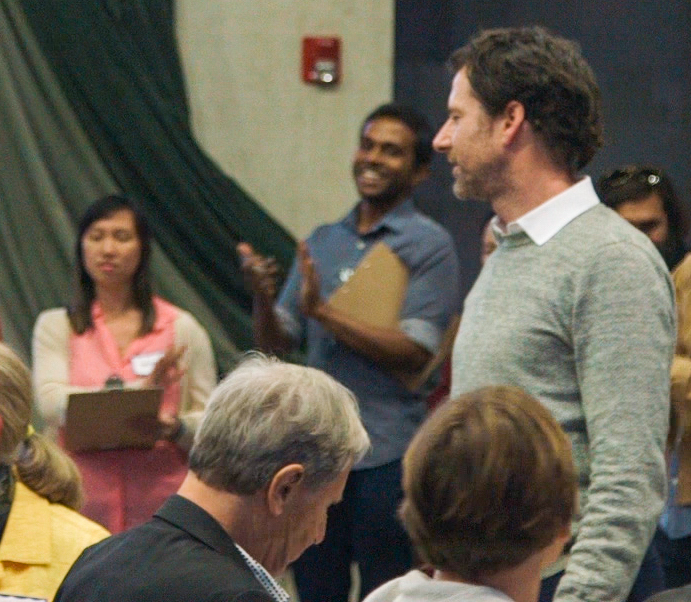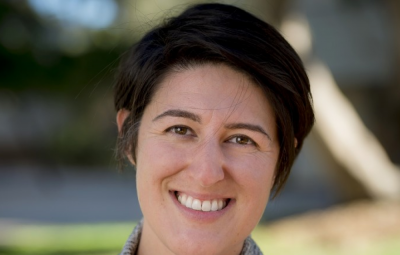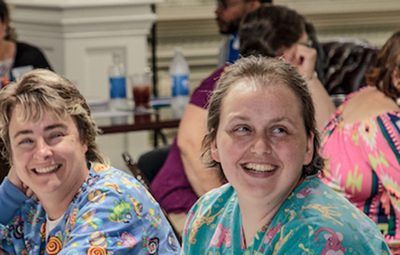In March, UC San Diego faculty, students, and industry guests gathered to experience the final project presentations of over 200 students enrolled in the university’s notable Interaction Design course, taught by Professor Scott Klemmer of The Design Lab. Over a period of ten weeks, student teams engaged in an iterative design process to conceptualize, prototype, and implement a mobile web application to addresses specific social needs that fall within various categories such as sound, wellbeing, and artificial intelligence.
Interaction Design has become an integral focus within the field of human-centered design. Situated at the intersection of user interface and user experience design, this specific concentration advocates for developing a holistic understanding of the underlying behaviors and tendencies driving a user’s interaction with a product to simplify their overall experience. The combined lecture and studio course offers students the opportunity to delve into interaction design through exploring key principles that shape delightful human interfaces. Through learning the fundamentals of interaction design including usability heuristics, information architecture, and discoverability, students were exposed to practicing guiding concepts that result in designing intuitive product experiences. Klemmer noted that the technical concepts introduced in the course also provide a glimpse into the creative tools and processes used by designers and developers in industry.
During the final showcase, each student team delivered a brief pitch and presented their final solution to industry judges and community guests. Students reflected on their experience through highlighting how their perception of Interaction Design has impacted their work throughout the course. “Prior to this course, my understanding of Interaction Design was from a designer’s perspective where designs were more static and based on what the product looks like. This course has helped me consider how development plays a role in helping the design evolve dynamically,” says 2nd-year student Nancy Bui. Other students expressed how designing a mobile web application encouraged them to challenge the conventional nature of pure design. “Our team focused on designing seamless functionality over features. We wanted to make sure users have an easy and simple experience,” says 3rd-year student Kai-Chin Shih.
The course serves as a launchpad for students to continue exploring and accelerating their career in design. Professor Klemmer hopes that students will have learned how to successfully program interactive systems through thoughtfully engaging in each step of the human-centered design process. Moving forward, Klemmer hopes to unite the final project presentations across the design courses offered at UC San Diego for a larger celebration of all of the different facets of human-centered design.






